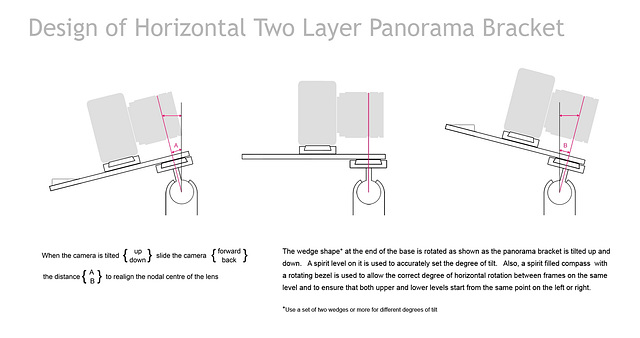Cetona
Cetona
Near Castelmuzio
Near Castelmuzio
Near Castelmuzio
Castiglione del Lago
Castiglione del Lago
Near entrance to Zion National Park
Rialto Bridge, Venice
Dolomites
Dolomites
Cortina in the mist
Glencoe
How I Made Four Horizontal Frames...
Panorama - Testing From Two Up / Two Down Horizont…
Vrsic Pass, Julian Alps
Vrsic Pass, Julian Alps
Prešeren Square, Ljubljana
Bar Cafe in Kongresni Square, Ljubljana
Bar Cafe in Ljubljana
Vrsic Pass, Julian Alps
Vrsic Pass, Julian Alps
Vrsic Pass, Julian Alps
Vrsic Pass, Julian Alps
Vrsic Pass, Julian Alps
Vrsic Pass, Julian Alps
Vrsic Pass, Julian Alps
Vrsic Pass, Julian Alps
Vrsic Pass, Julian Alps
Vrsic Pass, Julian Alps
Near Kranjska Gora, Julian Alps
Monument Valley
Monument Valley
Monument Valley
Zion National Park
See also...
Authorizations, license
-
Visible by: Everyone -
All rights reserved
-
606 visits
Nodal Drift. How accurate do you need to be aligned with the nodal point? How much does it really matter?


After some efforts to check it out with the above drawing and some thoughtful time considering my panorama work to date and the software used, I came to some very useful conclusions.
- Keyboard shortcuts:
Jump to top
RSS feed- Latest comments - Subscribe to the comment feeds of this photo
- ipernity © 2007-2024
- Help & Contact
|
Club news
|
About ipernity
|
History |
ipernity Club & Prices |
Guide of good conduct
Donate | Group guidelines | Privacy policy | Terms of use | Statutes | In memoria -
Facebook
Twitter

Tilting up or down throws the alignment off over the tripod so that, when you rotate the camera on the tripod, the nodal point of the lens is not aligned where it should be over the axis of rotation. Thus, some relative movement between objects in the image will occur as you rotate the camera, making the job for the stitching software more difficult when you combine shots to make a panorama.
From that I deduce that a significant deviation from perfection is quite within panorama software's capabilities to do a good job of the stitching. Furthermore, with hand held shots the same often appears to be true even when some of the control point distances are larger still because most of my panorama efforts so far have been hand held and worked out fine.
I use PTGui to do the stitching. When you start a PTGui project, the first step after telling PTGui which frames to use is to have it align the images. That is where it generates the control points although I believe the optimizer later tweaks them to improve upon that where it can. When you align, you are asked whether the frames were taken handheld or on a tripod because it wants to know whether to run an extra step evidently needed depending upon what I will call nodal drift or more appropriately, the degree of it. Who cares if it takes longer for the alignment process to run, I always use it even with tripod shots because I am then less reliant on having my camera accurately positioned on my bracket and whether it is horizontal.
From the fact that at the alignment step you are asked whether the frames were taken handheld or on a tripod, it is obvious that up to a point it can cope with errors and that probably explains why my set discussed in some detail came back in the PTGUi optimizer with a very good match even though I had tilted the camera up and down to take the two rows of shots.
My conclusion therefore is that you do not need to be aligned with the nodal point too accurately and that within a certain tolerance, some error is quite acceptable. Furthermore, regarding the set of mine to which I have just referred as one example, while I tilted the camera up and down and that does increase the errors, evidently it is not likely to be enough to matter. The figures that came back from the optimizer were pretty good which bear that out.
TIP - Aligning a camera and lens on a nodal bracket
When one aligns a camera and lens on a nodal bracket it is very much a hit and miss affair to some degree depending upon your eyesight. If you are using a camera where you rely upon the LCD screen even with a magnifier held over it, matters are even worse and that is exactlly what I had to do with my Olympus Pen E-PL3. Nonetheless I hit the jackpot. What I figured out is this and I am sure it is spot on if you use PTGui or something similar.
As soon as you think you have found the correct alignment, take a set of shots to make a test panorama in good light and of clearly defined objects like nearby houses. You only need to run the software up to and including the optimizer. If the control point numbers are very small, you are there. I was with that set of mine. The maximum distance was 4 the first time I thought I had the alignment right and checking it out in this way gave me the feedback to say that with confidence.